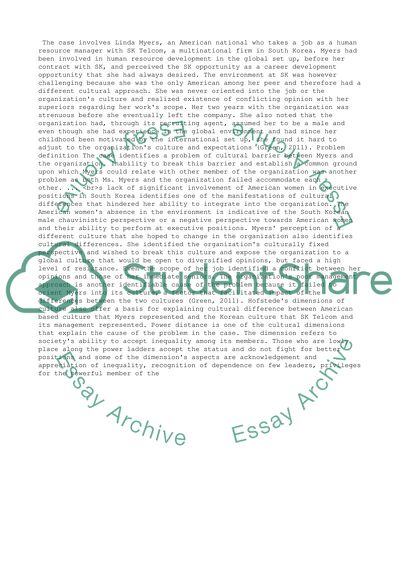Cite this document
(“MGT 501 Case assign Essay Example | Topics and Well Written Essays - 1250 words”, n.d.)
Retrieved from https://studentshare.org/business/1474973-mgt
Retrieved from https://studentshare.org/business/1474973-mgt
(MGT 501 Case Assign Essay Example | Topics and Well Written Essays - 1250 Words)
https://studentshare.org/business/1474973-mgt.
https://studentshare.org/business/1474973-mgt.
“MGT 501 Case Assign Essay Example | Topics and Well Written Essays - 1250 Words”, n.d. https://studentshare.org/business/1474973-mgt.


